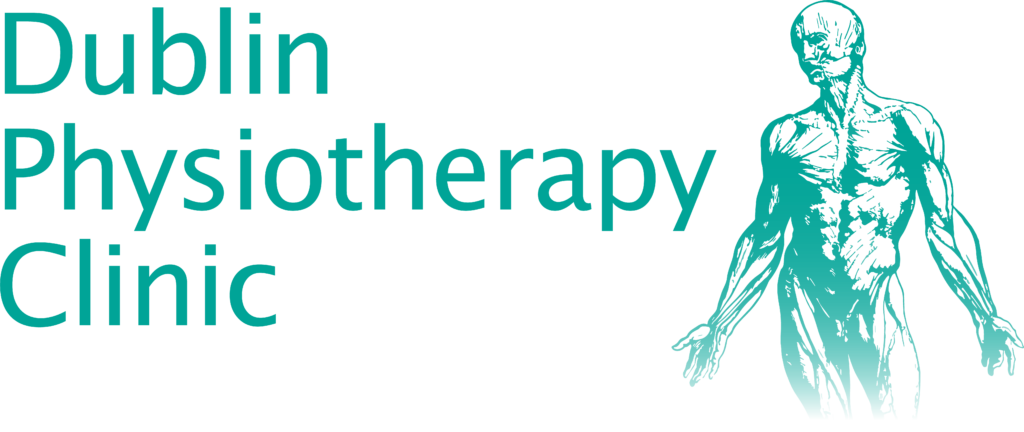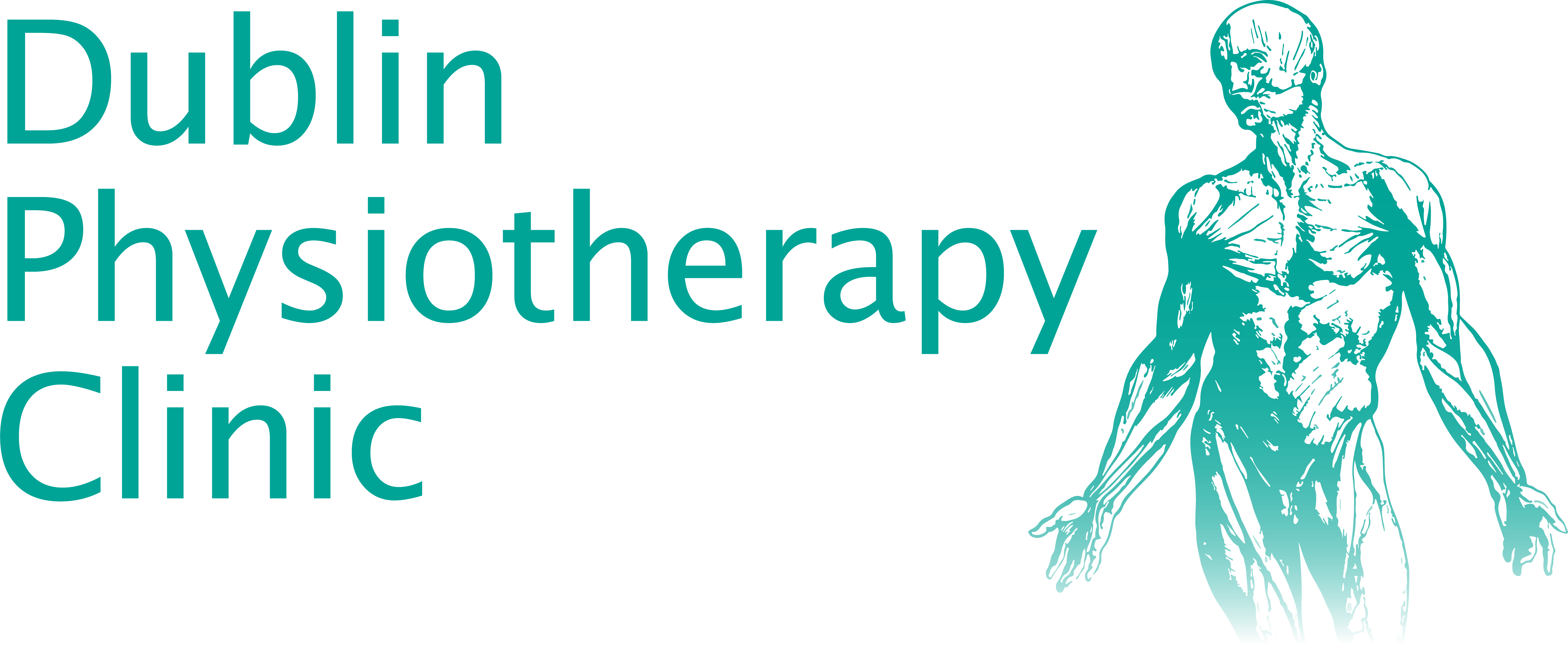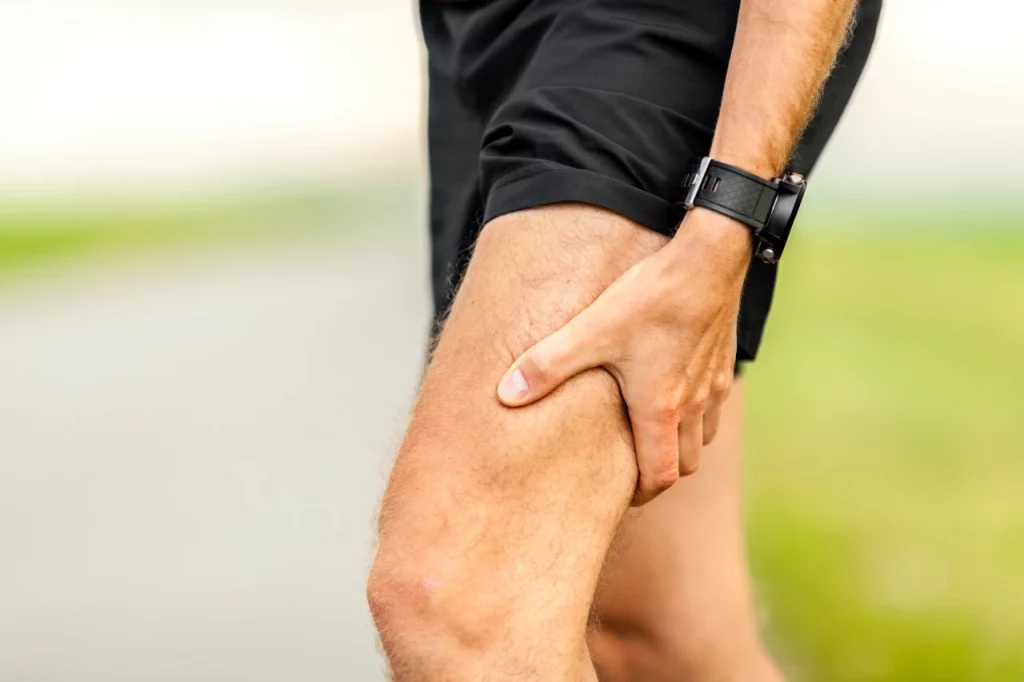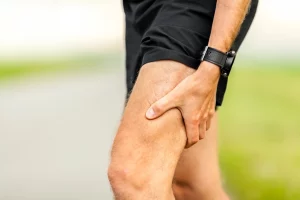In today’s post, we look at whether you should be stretching or strengthening the hamstring.
The answer to this question depends on whether the hamstring injury is sensitive to a stretch or applying a load.
When the muscle fibres get damaged they start to repair and join together, just like a scab in the skin from an injury. When a stretch is put in that area, it may cause tearing and therefore it is important to take care.
With basal injuries that appear on the hamstrings or any other area, you need to apply some controlled stretching through it. The stretching should only be up to the point where you can feel some pressure in the damaged area. Don’t jerk it or push it as this may cause micro-damage at the repair site and result in bleeding. Vigorous stretching, or overstretching too early is detrimental as it keeps setting you back.
Some hamstring tears aren’t particularly sensitive to stretch. It’s something that experts are still debating about, but some hamstrings tear when you put a stretch on the hamstring muscles by reaching to the toes. In addition, they may tear if a clinician is bringing your leg up into a straight position while you are lying in bed.
However, sometimes the hamstring isn’t particularly sensitive to stretching. From a clinical perspective, you do not need to be spending a lot of time working on stretching.
The answer to this question depends on whether you are sensitive to stretching. If that is the case, you need to do it in a controlled way that is not forceful or sudden. If you get forceful or involve sudden movements while reaching down to the toes, you could push the hamstrings hard and cause micro-damage at the repair site. This would end up causing extending your healing process and it may take longer before repair occurs.
Tissues warm and get elastic when doing some cardio work or an exercise such as riding. The increased allowance helps you in stretching further. However, this is not good when recovering because you may fail to gauge your safe levels of stretching. Therefore, the stretching should be done when people are cold. That extra tissue elasticity can sometimes mislead you and cause you to put too much pressure on the repair site.
When stretching, the pressure you expect to feel on the area where damage has occurred should just be a nice stretch sensation. It should be short of pain but with some little discomfort and that should tell you that the stretch applied is at a healthy level. Anything more than that is potentially detrimental.
You may also be wondering: why would you stretch an area that is trying to repair?
When the fibres are damaged, bleeding occurs- and is part of an inflammatory response. In addition, the fibres are randomly arranged and are in a crisscrossing manner during the healing process. Stretching will help in aligning these disoriented fibres to achieve a normal anatomical alignment.
The home exercises are to help in gradually reorienting the scar so that all the fibres become aligned, as they should from the base of the ischia tuberosity into the back of the knee. The stretches are important and should be done in a controlled way to avoid interfering with tissue repair.
If you leave the tear for too long, it will heal as a solid lump of tissue and there will be a lot more work required to reorient the tissues. That is why you should apply stretches within tolerance as early as possible.
The other thing you need to do is understand the load tolerance of the hamstring. The hamstring muscle functions in a very simple sense.
If you are standing, it bends the heel up towards the backside and therefore bending the knee. That is a low load situation. If the hamstring is acutely sore and if bending the heel toward the bottoms is sore, that should tell you that you have a hamstring that is sensitive even to light loads. This usually subsides in a few days unless you have had a catastrophic hamstring injury.
The next level of loading is to look at bridging. This is a great exercise where you lie on your back and just lift the bottoms off the ground. That works both the gluteal muscles in the border and the hamstrings quite well.
You may want to start this exercise with the knees bent at a 90 degrees angle. That is a random safe starting point and with two legs on the bed, your weight is shared evenly. This gives you a sense of whether a hamstring is taking a load well- or not.
Obviously, there is a potential to favour the good leg and you need to make sure that does not happen.
The next step is to reduce gradually the weight on the good leg so you can get a sense of what happens on the damaged hamstring when it’s loaded in a modest way. When lying down and lifting up one leg, you’re probably looking at having 30% of your body weight on the hamstring. That is not a bad starting point. However, you will know less than how the hamstring will be loaded when sprinting, stopping, starting, and changing direction.
From a clinical perspective, there are two important types of differentiation. You differentiate between going down a stretching route or the muscle-loading route. It’s not necessarily a complete viewpoint but generally, a hamstring injury will be more sensitive to one component or another. Therefore, it helps you to bias your treatment. This is the first phase and it should only involve modest levels of loading for both stretching and strengthening.
However, you will need to progress beyond those and therefore in the next post, we shall look at some of the progressions that transition you from the acute phase into the rehabilitation phase.





